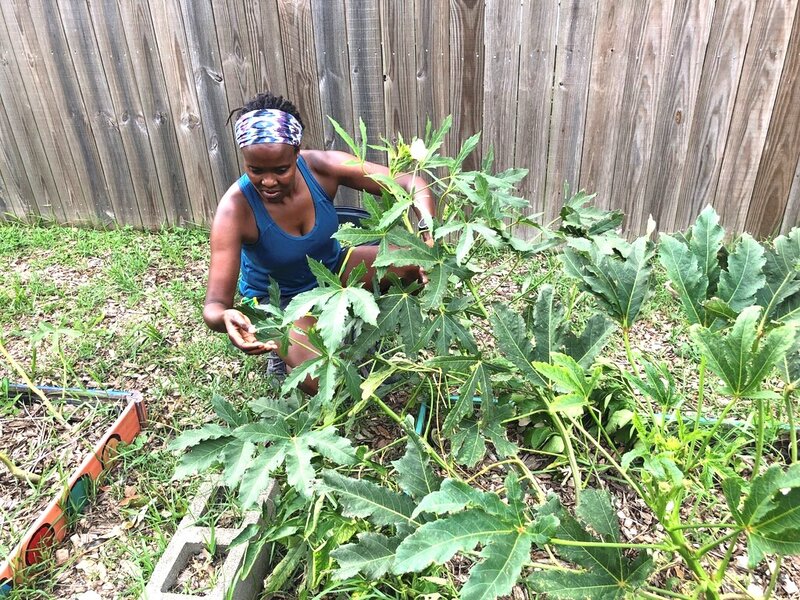One victory over the pandemic: Community gardens
Loading...
When the American Community Gardening Association holds its annual conference this week, one goal is to “share stories of how gardens made a difference during the pandemic.” For sure, topics like composting and urban food deserts will be discussed. But with a surge in renting garden plots this year, organizers want a focus on how community gardens have been a source of resiliency, or a reaping of stronger ties between neighbors during a tough time.
Even before COVID-19, an upward trend in community gardening was already clear. From 2012 to 2018, the number of community gardens in city parks in the 100 largest U.S. cities grew by 44%, according to the Trust for Public Land. Many were self-organized by local volunteers, separate from government help. People with no property of their own to cultivate or who live in areas with a lack of fresh produce arranged for land to be tilled and then took up shovels in a collective and outdoor experience.
In Britain, too, the pandemic stirred a high demand for community gardens over the past 18 months.
“Where groups like this existed, communities seemed to be more resilient when it came to a crisis [like COVID-19] because they had a pre-established network of volunteers and people already knew each other so they could easily offer support,” Kay Clark of the Royal Horticultural Society told The Guardian.
Working garden plots together has been a way for people to break the pandemic’s isolation as well as ensure a supply of food. Shared gardens are a mirror on what a community stands for. They must operate on golden-rule economics, challenging the theory that humans will secretly exploit a shared resource, or what is called the “tragedy of the commons.”
The late economist Elinor Ostrom helped dispute that theory in her study of cooperative groups in Nepal, Japan, and elsewhere. She found that close-knit communities were the basis for a healthy economy. The quality of relationships, or an abundance of trust and honesty, was key to creating a shared good.
The pandemic has inspired new and better uses of open spaces, from more bike lanes to a widening of sidewalks for use by restaurants and merchants. “Cities wrote new stories on their streets and in their parks – of people marching, kids playing, families dining,” Katharine Lusk, co-director of the Boston University Initiative on Cities.
Today’s community gardens, born out of the victory gardens of last century’s world wars, keep offering fresh purposes beyond just providing fresh and inexpensive food. In challenging times like a pandemic, they offer a harvest of insights on what holds a community together.







